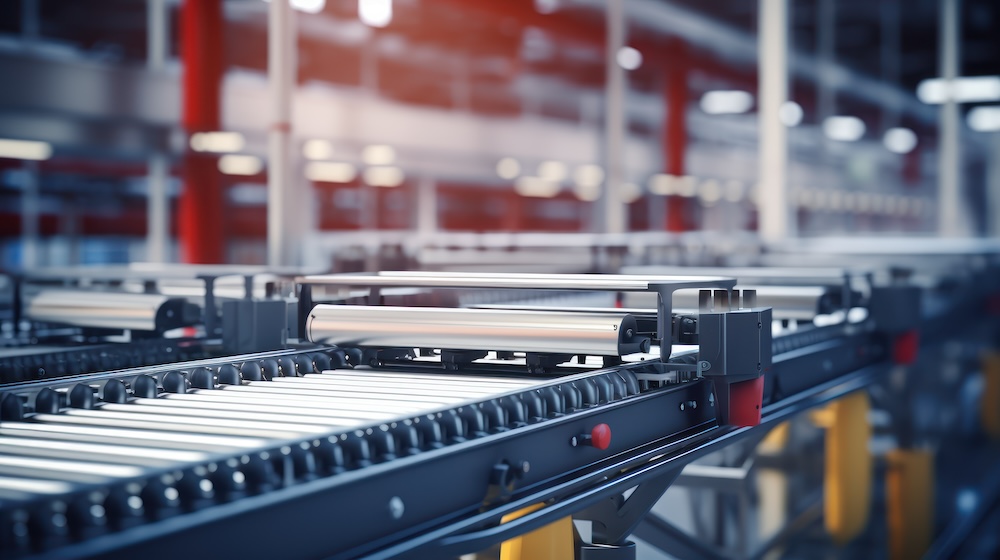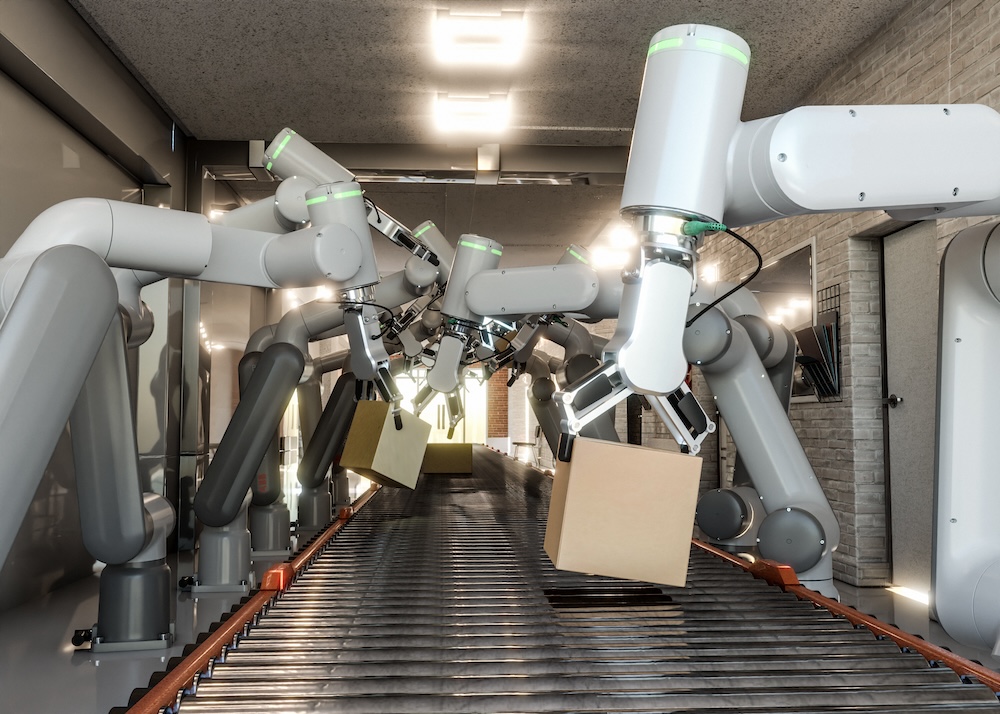Conveyor systems have been an essential element in organizations’ workflow across the manufacturing, warehousing, and other industries for decades.
These automated systems are designed to transport goods, materials, and products from one point to another, helping to ease tasks that otherwise would require a lot of manual effort.
Whether you are in the automobile manufacturing company, the food industry or the logistics business, there is a significant improvement in the operational profits by investing in conveyor systems.
The article explores some benefits of using conveyor systems in your business.

1. Enhanced Efficiency and Productivity
The most notable advantage of conveyor systems is that they raise efficiency and productivity to the highest levels. Such systems have the benefit of being much more efficient than manual labor in that they can transport material or products much faster and thereby keep the operation going without being congested.
There are several areas that benefit from a conveyors, including carrying heavy loads, performing repetitive tasks, and moving items over a large area, which can help reduce worker fatigue.
In industries where there is high pressure, for example, in manufacturing and or distribution facilities, conveyors lower the cycles necessary for shipping activities, thus optimizing performance.
2. Reduced Labor Costs
Investing in a conveyor system to cater to your business needs is actually a way of cutting down on excessive spending on employees. When the material handling processes are automated, there is likely to be less of a workforce moving products from one section to another.
This is not only very cost-effective in terms of wages but also helps avoid any mishap that might be caused by human error. Although it requires capital outlay to buy and fit conveyor systems, the benefits, which include the elimination of many employees and low mistake rates, are felt in the shortest time possible.
Furthermore, in terms of human capital, it results in a more efficient usage of people since the workforce can be redirected towards higher-value activities.
3. Improved Workplace Safety
It is pretty evident that manual material handling poses many risks in the workplace due to the acts of lifting or moving heavy objects.
These risks are significantly reduced by conveyor systems because they transport the products and materials through the production line mechanically, thus reducing the chance of injuries resulting from strain or mishaps.
While most of the tasks involved in manual labor are significantly shifted away due to conveyors, they also enhance safety within the workplace and ensure the implementation of health and safety standards.
This can minimize compensation and lawsuits and enhance the morale of employees, thus increasing the productivity of staff.
4. Flexibility and Customization
Conveyor systems are very flexible and can be adapted to make them perfect for your organization’s operations. For higher capacity applications such as industrial usage or for handling larger products, the conveyor system can be adapted to suit the type, weight and volume of the conveyed load.
In addition, conveyor systems can be a part of the existing production network and may be extended as your production capacity increases.
Depending on the type of conveyors, like belt conveyors, roller conveyors or overhead conveyors, the organizations can select the kind of conveyors that will best suit their operations.

5. Consistency and Reliability
Conveyor systems are intended to run for long periods without experiencing any breakdown, hence providing consistent and efficient transportation of goods throughout the production or distributing process.
Where human labor is often characterized by fatigue, slowness, and inconsistency during the work process, conveyors ensure mechanical consistency in handling materials.
This level of consistency helps ensure that products are delivered on time with fewer complications, increasing customer satisfaction.
Also, contemporary conveyors are integrated with technology to help indicate if something is wrong with the conveyor and needs repair or should be replaced so that there is little or no time wasted.
6. Scalability for Business Growth
When organizations grow, their need for the management of materials also grows exponentially. Conveyor systems are flexible and can be expanded to meet your growing business needs.
When there is a need to expand production capacity, incorporate new processing lines, or extend the range of material handling, it is possible to make various changes to the conveyors.
This scalability makes it possible for companies to develop a system that will help them meet today’s needs as well as that of the future when their businesses expand.
Extending or improving the conveyor system is usually less expensive than integrating new material handling solutions into operations.
8. Energy Efficiency and Sustainability
Energy efficiency is a key consideration in the design of modern conveyor systems.
These days, many systems include energy-saving features like variable speed drives, which let the conveyor change speed according to the weight it’s carrying. This raises the equipment’s lifespan and lowers its energy usage.
Moreover, conveyor systems support environmental initiatives by cutting down on material handling waste. Businesses can operate more sustainably and lower their carbon footprint by automating procedures and reducing the need for human interaction.
This is especially crucial given the current business environment and how consumers increasingly make decisions based on sustainability.
Conclusion
Conveyor system investments have several advantages, ranging from increased production and lower labor costs to increased safety and scalability.
These systems offer a dependable and adaptable material handling solution as companies grow and encounter ever-higher efficiency requirements.
You can position your organization for long-term success and streamline efficiency by implementing a conveyor system into your business.
Businesses that use the correct system can anticipate lower operating expenses, improved inventory control, and higher overall profitability.
